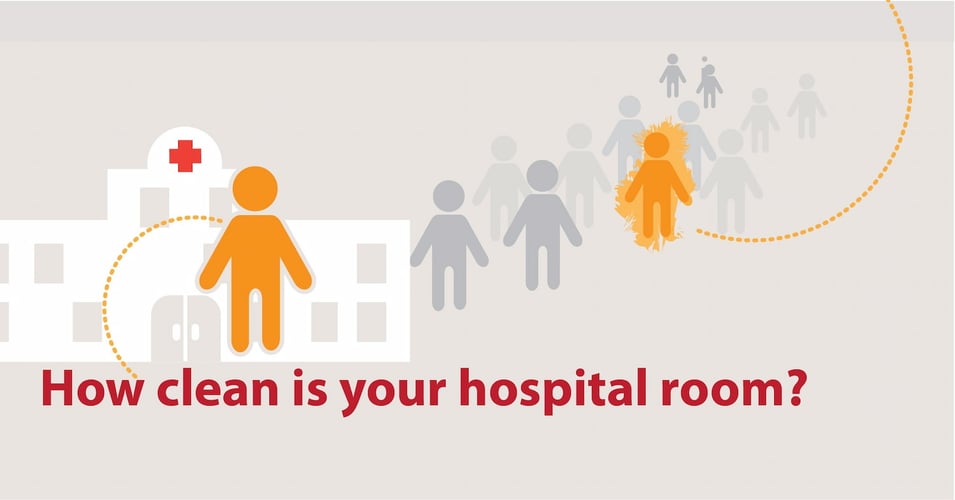Hospital-At-Home: What Does it Mean for Infection Control?

One of the most lasting positive impacts of the COVID pandemic was the increased accessibility to telehealth, including remote appointments, mailed prescriptions, and doctor-patient email communications. Many of us may not realize that another offshoot of this move to telehealth is the idea of hospital-at-home, a practice of providing acute treatment to patients in their own homes. There are many benefits to this model, not the least of which is allowing patients to avoid a hospital room potentially contaminated with dangerous bacteria. In view of this trend, what is the place of hospital infection control and prevention in a world of hospital-at-home? In today's post, we'll explore what this trend means for hospitals and patients in the future.
What is hospital-at-home?
According to the American Health Association (AHA), "hospital-at-home enables some patients who need acute-level care to receive care in their homes, rather than in a hospital." Benefits of this model include reduced costs, improved outcomes, and a better patient experience.
While different models target different populations, in general, patients who are stable enough to be monitored from their homes are served best by hospital-at-home. Patients with well-defined treatment protocols (there is a clear diagnosis with reliable treatment) are visited daily by nurses (often more than once), and stay connected to their team via video communication and even remote biometric monitoring equipment. Typical conditions that fit the hospital-at-home model are pneumonia, congestive heart failure, chronic obstructive pulmonary disease, diabetes and cellulitis. Not only must the patient be a good fit for the program, they also must have a home that is conducive to hospital-at-home care. This includes stable internet access, heating/cooling appliances, and steady social support.
What about infections in hospital-at-home patients?
While data continues to be collected, recent case studies indicate that patients do not acquire new infections while under hospital-at-home care. Because they have a dedicated caregiver (family member, for example), the risk of transmission from another sick patient is virtually null. Visiting nurses have the time and space to follow all hygiene protocols, since they are not juggling multiple cases simultaneously under limited time constraints. Additionally, the bacteria species found in the typical home does not have the years of exposure to antibiotics and disinfectants required to make them multi-drug resistant. All in all, the hospital-at-home patient has very low risk of acquiring an infection.
So where does this leave hospitals and infection control?
By definition, hospital-at-home removes the most stable patients and treats them at their homes. The more unstable cases, vulnerable patients and more severe conditions will be treated in the hospital. Patients without stable homes or adequate home environments will also remain in the hospital. The result is a hospital filled with patients that are statistically far more likely to have adverse outcomes to a hospital-acquired infection. The hospital will not become "more contaminated" or "dirtier," but the patients it serves within its walls will be less able to fight off an infection.
Therefore, hospital-at-home means infection prevention will be even more important to protect the patients who continue to receive treatment at the hospital. Remember, the risk of infection is significant enough that health systems try to keep patients out of hospitals to protect them. Innovations such as copper-infused, preventive biocidal surfaces surrounding the vulnerable patient will help protect against infection by continually reducing the available bioburden. With patients who are already facing serious health conditions and dedicating their energy to recovery, any acquired infection will place them at greater risk. Looking to a future where more patients are treated at home means preventive measures will be even more important for those patients who remain.
What do you think about the hospital-at-home trend? Share your thoughts in the comments below.
![EOScu Logo - Dark - Outlined [07182023]-01](https://blog.eoscu.com/hubfs/Eoscu_June2024/Images/EOScu%20Logo%20-%20Dark%20-%20Outlined%20%5B07182023%5D-01.svg)

![[infographic] What are HAIs? Download and share!](https://no-cache.hubspot.com/cta/default/216314/interactive-179239629650.png)



